Low-sodium foods are crucial for maintaining heart health, especially for individuals managing hypertension or other cardiovascular conditions. Below is a list of 15 heart-friendly, low-sodium foods with detailed benefits and tips for inclusion in your diet.
Low-Sodium Foods That Are Heart-Friendly
1. Leafy Greens
Leafy greens like spinach, kale, and Swiss chard are nutrient powerhouses.
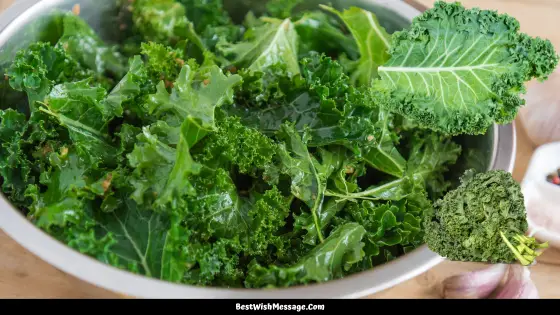
Benefits
- High in potassium, which helps balance sodium levels.
- Rich in antioxidants that reduce inflammation.
How to Use
- Add to smoothies for a nutrient boost.
- Steam or sauté as a side dish with garlic and olive oil.
Pro Tip
Opt for fresh or frozen varieties instead of canned to avoid added salt.
2. Berries
Blueberries, strawberries, and raspberries are delicious, heart-healthy options.
Benefits
- Packed with flavonoids that improve blood vessel function.
- Low in sodium and calories.
How to Use
- Top your morning oatmeal or yogurt.
- Snack on them fresh or freeze for a refreshing treat.
Pro Tip
Choose fresh or frozen berries without added sugars or preservatives.
3. Unsalted Nuts
Almonds, walnuts, and pecans provide heart-healthy fats.
Benefits
- High in omega-3 fatty acids that lower cholesterol.
- A good source of magnesium for improved blood pressure.
How to Use
- Sprinkle on salads or yogurt.
- Enjoy as a midday snack.
Pro Tip
Portion control is key to avoiding excess calories.
4. Bananas
Bananas are a convenient and nutritious snack.
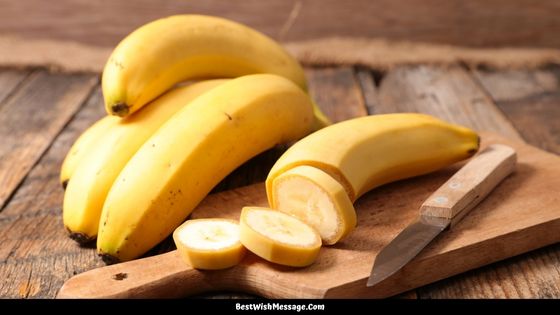
Benefits
- High in potassium to counteract sodium’s effects.
- Provide natural energy with no added sodium.
How to Use
- Blend into smoothies.
- Pair with unsalted peanut butter for a satisfying snack.
Pro Tip
Choose ripe bananas for maximum sweetness without added sugar.
5. Quinoa
Quinoa is a versatile and protein-packed grain.

Benefits
- Naturally low in sodium and gluten-free.
- Rich in fiber and heart-friendly nutrients.
How to Use
- Serve as a base for salads or stir-fries.
- Use as a substitute for rice or pasta.
Pro Tip
Rinse quinoa before cooking to remove any natural bitterness.
6. Avocados
Avocados are creamy and nutrient-dense.
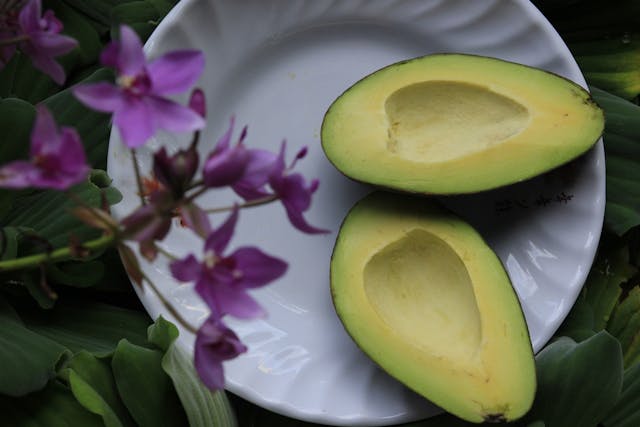
Benefits
- Contain heart-healthy monounsaturated fats.
- High in potassium to support healthy blood pressure.
How to Use
- Mash into guacamole or spread on whole-grain toast.
- Slice onto salads or sandwiches.
Pro Tip
Enjoy avocados in moderation due to their calorie density.
7. Sweet Potatoes
Sweet potatoes are naturally low in sodium and high in nutrients.
Benefits
- High in potassium and vitamin A.
- Provide complex carbs for sustained energy.
How to Use
- Roast with olive oil and herbs.
- Mash as a healthier alternative to regular potatoes.
Pro Tip
Leave the skin on for extra fiber.
8. Fatty Fish
Salmon, mackerel, and sardines are excellent sources of omega-3s.
Benefits
- Support heart health and reduce triglycerides.
- Naturally low in sodium when fresh.
How to Use
- Grill or bake with lemon and herbs.
- Add to salads or grain bowls.
Pro Tip
Choose fresh or frozen fish over canned to avoid added sodium.
9. Low-Sodium Beans
Beans like black beans and lentils are versatile and nutrient-rich.
Benefits
- High in fiber and plant-based protein.
- Support heart health and improve digestion.
How to Use
- Add to soups, salads, or tacos.
- Puree into dips like hummus.
Pro Tip
Rinse canned beans to remove excess sodium.
10. Cucumbers
Cucumbers are hydrating and refreshing.
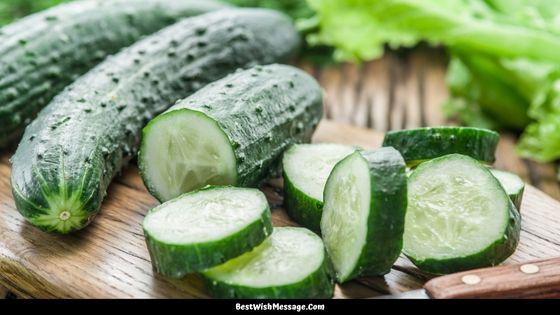
Benefits
- Low in sodium and high in water content.
- Provide vitamins C and K.
How to Use
- Slice into salads or sandwiches.
- Add to water for a flavorful drink.
Pro Tip
Choose organic cucumbers to avoid pesticide residues.
11. Egg Whites
Egg whites are a low-sodium, high-protein option.
Benefits
- Cholesterol-free and heart-friendly.
- Versatile for various recipes.
How to Use
- Make omelets or scrambled egg whites.
- Add to smoothies for extra protein.
Pro Tip
Pair with fresh vegetables for added nutrients.
12. Zucchini
Zucchini is a mild, low-sodium vegetable.
Benefits
- High in vitamins A and C.
- Supports hydration with its high water content.
How to Use
- Spiralize as a pasta substitute.
- Grill or sauté with olive oil and garlic.
Pro Tip
Pair with herbs for a flavorful dish without added salt.
13. Apples
Apples are a sweet, low-sodium fruit option.
Benefits
- High in fiber for improved digestion.
- Provide natural sweetness without added sugar.
How to Use
- Slice as a snack with nut butter.
- Bake with cinnamon for a warm dessert.
Pro Tip
Leave the skin on for added fiber.
14. Greek Yogurt (Low-Sodium)
Greek yogurt is a creamy, protein-packed option.
Benefits
- Supports gut health with probiotics.
- Low in sodium compared to regular yogurt.
How to Use
- Use as a base for smoothies or dips.
- Top with fresh fruits and seeds.
Pro Tip
Choose plain, unsweetened yogurt to avoid added sugars.
15. Broccoli
Broccoli is a nutrient-rich, low-sodium vegetable.
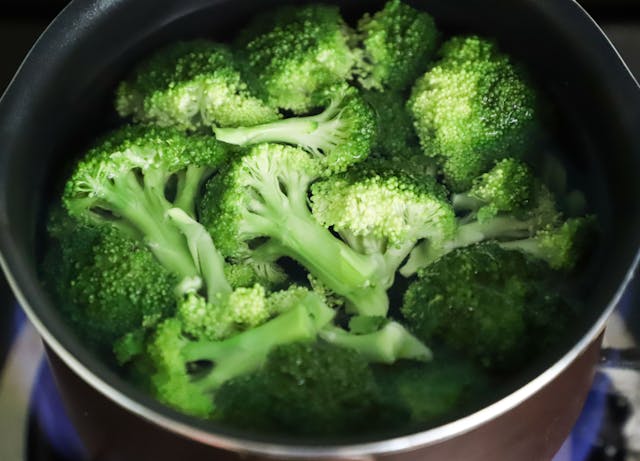
Benefits
- High in fiber and antioxidants.
- Supports heart health and immunity.
How to Use
- Steam or roast as a side dish.
- Add to stir-fries or casseroles.
Pro Tip
Avoid overcooking to retain nutrients and flavor.
Conclusion
Incorporating these 15 low-sodium foods into your diet can support heart health and reduce your risk of cardiovascular issues. Focus on fresh, whole foods and limit processed items to enjoy the full benefits of a heart-friendly lifestyle.
